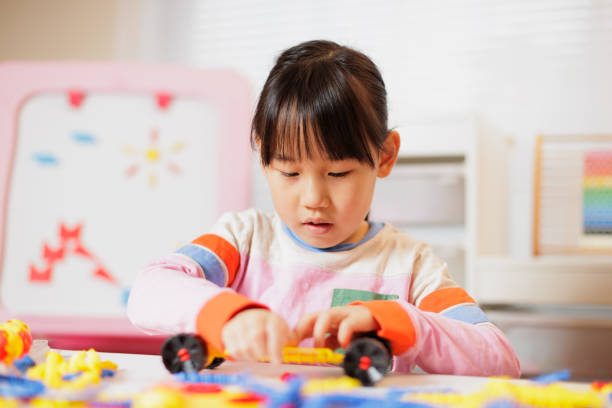
Mathematics in the nursery years doesn’t require flashcards or formal lessons. Instead, it lives and breathes within the daily rhythms of play, conversation, and routine. In early childhood education, the most meaningful maths experiences are those that are seamlessly woven into everyday activities—often where you’d least expect them, like snack time or a cupboard full of toys. These naturally occurring opportunities help lay a solid foundation for numeracy in a way that feels organic, engaging, and relevant to young learners.
Everyday Routines as Learning Goldmines
From the moment children arrive at nursery, their day is full of experiences rich with mathematical potential. Taking attendance, finding their cubby, pouring water, or lining up—all are opportunities to explore early concepts like counting, comparing, measuring, and ordering.
At a child care nursery in Newham, for example, children might help set the table for lunch by counting plates or napkins, compare the heights of blocks as they build towers, or estimate how many scoops of sand fill a bucket. These small, everyday tasks promote confidence in numbers and allow children to explore quantities and patterns without the pressure of a worksheet.
Turning Storage into a Maths Lab
Even a cupboard can become a maths-rich space. When children are encouraged to tidy up toys or sort materials into labeled bins, they’re engaging with classification, spatial awareness, and one-to-one correspondence. How many cars fit into the blue box? Which shapes go in the circle basket? These kinds of sorting and categorising tasks build logical thinking and lay the groundwork for problem-solving.
Educators can amplify these moments by using mathematical language: “Can you find one more block?” or “Which pile has fewer crayons?” This prompts children to make connections between words and quantities, helping them internalise number concepts through meaningful interaction.
Private Settings, Personalised Learning
What makes maths in early years settings particularly effective is the ability to personalise it. In private kindergartens in Newham, smaller class sizes and attentive planning allow practitioners to tailor maths moments to each child’s developmental stage. For some, that might mean exploring shapes and patterns with natural materials; for others, it might involve simple addition while sharing toys with a friend.
Play-based learning is central to this approach. Whether it’s counting how many steps it takes to get from the mat to the window or measuring ingredients during a baking activity, educators know how to capitalise on children’s curiosity to nurture early numeracy without interrupting their play or forcing abstract concepts too early.
The Role of Language in Mathematical Thinking
Verbal interaction is a crucial companion to mathematical learning. When educators ask questions like, “What comes next?” during a pattern game or, “Do you have more or less than your partner?” during sharing tasks, they’re prompting children to think critically and articulate their reasoning. These skills—comparing, estimating, and problem-solving—are as important as number recognition and often come from simple, repeated conversations throughout the day.
Conclusion: Finding Maths in the Moment
Mathematics doesn’t live in textbooks at the nursery level—it lives in the cupboard, the water tray, the snack table, and the coat rack. By recognising and enhancing these hidden maths moments, educators empower children to see numbers as part of their world. When young learners experience maths as fun, familiar, and purposeful, they don’t just learn to count—they learn to think mathematically.